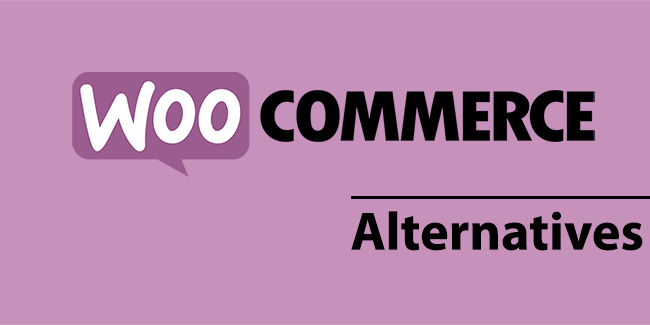What Does It Mean to Endorse a Check?

Endorsing a check simply means signing the back of a check before depositing it in your bank account. However, the process of signing the back of the check, what to write, and the steps to endorse a check are important considerations. Oftentimes, the method to endorse a check depends on the purpose of the check and the writing style on it.
When done correctly by following the right rules, endorsements make it easy to use checks. If there are errors, endorsements may also seem complicated and in certain cases, fraudulent.
What to Know Before Endorsing a Check?
Before endorsing a check, note that checks function to instruct a bank to pay a certain sum of money. The sum is usually for recipients – an individual, company, or government body. Another term that describes a recipient is “payee.”
Every valid check should include:
- Date
- Payee’s full name
- Amount to deposit
- Authorized signature of payer’s checking account
For receiving funds, the payee needs to sign or endorse the back of the check. The “endorsement” tells the bank that the entity who signs is the payee and he or she accepts the money.
Right Way to Endorse a Check
According to nearside.com the right method to endorse a check depends on what the payee wants to do with it. All banks require individuals to understand the right way for endorsement to avoid check fraud. Signing the back of checks helps the bank confirm the identity of the payee.
When endorsing a check, it’s advisable to reduce the time between the time of endorsement and when it gets processed. The reason for a reduction in time-frame is to prevent theft of the check or any possible criminal action.
On most checks, there’s a box at the back containing three lines with an “Endorse Here” heading. There’s typically also a larger box beneath it with a “Do Not Write, Stamp, or Sign” heading. Sign under the appropriate “Endorse Here” heading.
Employing Restrictive Endorsement
A restrictive endorsement is a method that instructs the bank to send funds to a specific bank account. With the restrictive endorsement, the bank cannot send funds to accounts outside that specified by the payee. Hence, it serves as one of the most secure methods of endorsement.
Here are the steps to take for restrictive endorsement for each of the three lines at the back of the check:
- Write “For Deposit Only”
- Sign name
- Write the appropriate account number
Note that the payer may receive a copy of the canceled check via their bank. When that occurs, your account number as a payee displays. If you want to avoid the display of your account number, don’t follow the method of employing restrictive endorsement.
Main Types of Endorsements
Other methods of endorsing a check include:
Endorsing to a Third Party
Another name for the third-party endorsement is the special endorsement. It involves sending the money associated with the check from the payee to another individual. For third party endorsement, the payee needs to put down the following:
- Signature over the name
- “Pay to the order of” – followed by the individual’s name
In many cases, the payee should be present before the bank endorses a third-party transaction. Banks may advise following the typical deposit method, then sending funds following a different technique.
Business Endorsement
In the business endorsement, the check from the payer directs to the business, not an individual. The process of business endorsement follows the same fundamental steps for individual endorsements. For business endorsement:
- Put down the signature of the approved individual
- Write the full name of the business
Blank Endorsement
Compared to the other types of endorsement, the blank endorsement is the least secure. However, it’s also the most common technique. To follow this technique, the payee should sign their name on the back of the check. After signing, the individual should tell the bank teller whether it should follow through as a deposit to an account or cash.
Even though the blank endorsement isn’t a secure method to endorse a check, it’s useful when an individual deposits via an ATM or mobile deposit.
Mobile Endorsement
If you’re a tech-savvy individual, mobile endorsement is a close-to-perfect way of endorsement. It involves using the bank’s smartphone app or an online system to deposit the check. Some banks may require payees to specify “mobile app deposit” when using the method. Hence, ensure to check the guidelines and take the appropriate actions.
Issues to Avoid When Endorsing a Check
When endorsing a check, there are steps to avoid delays. Here’s what to note:
Misspellings
Misspelling names is one of the most common problems individuals and banks face when endorsing a check. Inappropriate spelling causes a mismatch between the front of a check’s spelling and the payee’s endorsement. Hence, the bank refuses to process funds.
The only advisable way out of a spelling error is asking the payer or check writer to make another check. Without taking that step, the payee may need to copy the incorrect spelling in the endorsement.
Multiple Payees
In some cases, checks involve more than one payee. Examples include checks as wedding gifts. For instance, checks written as “James and Jackie Gate” can be very inconvenient. Banks typically require checks involving multiple payees to have signatures and names (endorsement) of each entity.
Note that banks also make such requests, even when the funds are for a joint account. Since different banks have different agreements and policies, it’s advisable to consult the bank about multiple payees.
Many banks advise the usage of the word “or” instead of “and” in the case of multiple payees. If “and” is the term on the check, all payees must endorse the check.
Final Thoughts
Endorsing a check is a straightforward process to improve bank security. Most checks also need payee endorsement before approval or usage. Since endorsements also provide extra security for funds, most banks reject checks without lacking proper endorsement.
There are only a few scenarios where endorsement isn’t straightforward. An example is electronic checks and banks that don’t require endorsements. In those banks, there’s typically an extended waiting period before funds clear. Payees also need to confirm their identities.




